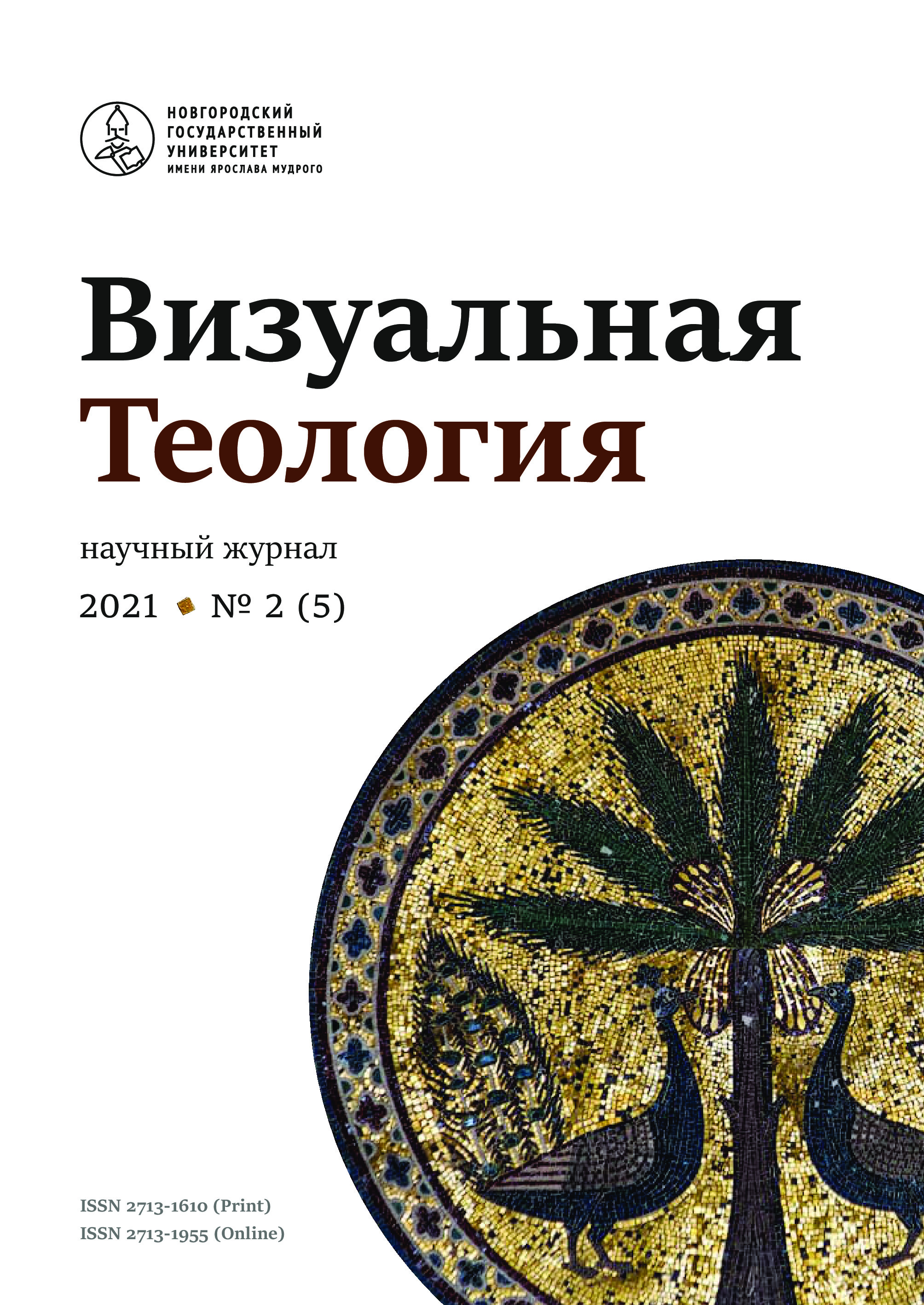The Seventh Seal: The History of Visible and Invisible Confession of Faith
Аннотация
В статье говорится о значении и роли киноискусства в современной культуре. Экранный образ того или иного понятия или смысла может оказать влияние на формирование исторических и религиозно-философских представлений общества. Фильм Ингмара Бергмана «Седьмая печать» ведёт повествование об исторических событиях средневековой Европы. Явления и факты, которые демонстрируются в фильме, не всегда соответствуют историческому прошлому. Задача режиссёра была другой: на основе исторического материала ответить на те вопросы, которые волновали представителей послевоенного поколения. Визуальный ряд «Седьмой печати» стал основой для культурологического анализа в данной статье. Целью анализа было выявление основной идеи фильма, а также раскрытие его символики. Автор обращается к теоретическому наследию Сергея Эйзенштейна, к его теории интеллектуального кино, построенной на основе симультативного способа восприятия. Этот способ даёт возможность воспринимать картину целиком в одном временном пространстве, где перекликаются проблемы прошлого и настоящего. Так мы получаем один из основных методов для раскрытия смыслов представленных в «Седьмой печати» кинообразов и можем понять, что хотел сказать автор в своём фильме. Фильм Бермана – это сложное многоуровневое произведение, в котором существует видимый слой, относящийся к сюжетной линии фильма, и невидимые слои, имеющие отношение к религиозным и философским взглядам самого режиссёра. Первый уровень – это показ истории Европы, какой она видится режиссёру, а именно – через негативные стереотипы так называемого «мрачного и тёмного Средневековья» (суеверия, негативный образ Римско-Католической церкви, процессы ведьм). На фоне этих исторических событий главный герой фильма ищет ответ на волнующие его вопросы о существовании Бога, а значит, и смысла жизни. Его поединок – игра в шахматы с другим героем фильма, Смертью, должен решить эти вопросы: от исхода игры будет зависеть жизнь рыцаря. Второй уровень – это презентация Бергманом лютеранского вероисповедания с характерным для него критическим отношением к церковному Преданию. Воплощая учение Лютера о «видимой» и «невидимой» стороне церкви, семья странствующих актёров в фильме олицетворяет образ живой церкви невидимой, она, в отличие от видимой Римско-Католической, являет чистый и светлый образ настоящего христианства. Третий уровень фильма следует соотнести с послевоенной современностью, в которой жил И. Бергман. Здесь прослеживается влияние идей Мартина Хайдеггера на творчество режиссёра «Седьмой печати». «Dasein» – одно из ключевых понятий философии Хайдеггера, имеющее отношение к данному фильму. Это понятие означает существование человека, которое определяется через переживание своей смертности не в каком-то будущем времени, а здесь и сейчас. Именно поэтому тема смерти становится ключевой, она определяет смысл жизни человека, она же имеет отношение и названию фильма. «Седьмая печать» – это образ Апокалипсиса, и этот образ имеет отношение не только к концу света, но и к концу жизни отдельно взятого человека, когда подводится итог его личной жизни.


